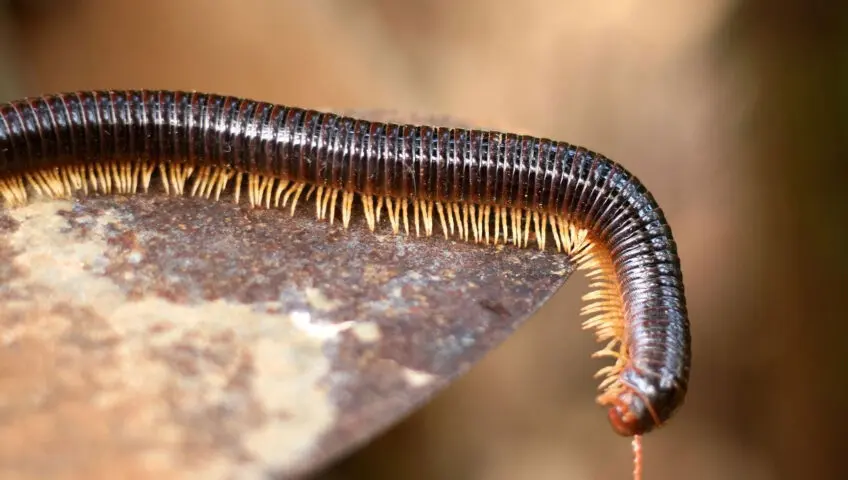They’re not centipedes. They don’t bite or sting. Still, some people recoil from them.
Often misunderstood creatures, millipedes play a crucial role in our ecosystem. Members of the class Diplopoda, these multi-legged arthropods act as nature’s decomposers, breaking down decaying matter in the environment, contributing to nutrient recycling and soil enrichment.
Millipedes are fascinating creatures found in every state in the union, numbering about 7,000 species worldwide. They often curl up into a coiled position when they feel threatened. One species in California even has bioluminescent properties. Another, found in Virginia’s Cumberland Mountains, can secrete cyanide to protect itself against predators (there’s no need to worry about the ones in your yard, though).
Homeowners should appreciate the beneficial aspects of millipedes, particularly in gardens and outdoor spaces, where they aid in maintaining a healthy balance by consuming organic debris, such as dead leaves and plant matter.
However, when millipedes start infiltrating homes, it can become a nuisance – especially when they enter in teeming numbers. To deter them from gathering indoors, homeowners should take proactive measures. The first step involves eliminating potential hiding spots, such as rocks, trash or any debris near the house, which could serve as a shelter for them.
Additionally, maintaining a clean and dry environment inside the house helps discourage millipedes, as they are attracted to dampness. Regularly clearing away dead leaves and vegetation around the home’s perimeter can also reduce the likelihood of millipede infestations.
By implementing these preventive measures, homeowners can strike a balance between appreciating the ecological benefits of millipedes while minimizing their impact on indoor spaces.
Remember, anytime there’s a pest problem, don’t hesitate to call Slug-A-Bug at (321) 259-7844. Additionally, our lawn care services can help improve your home’s curb appeal. Contact us today.
